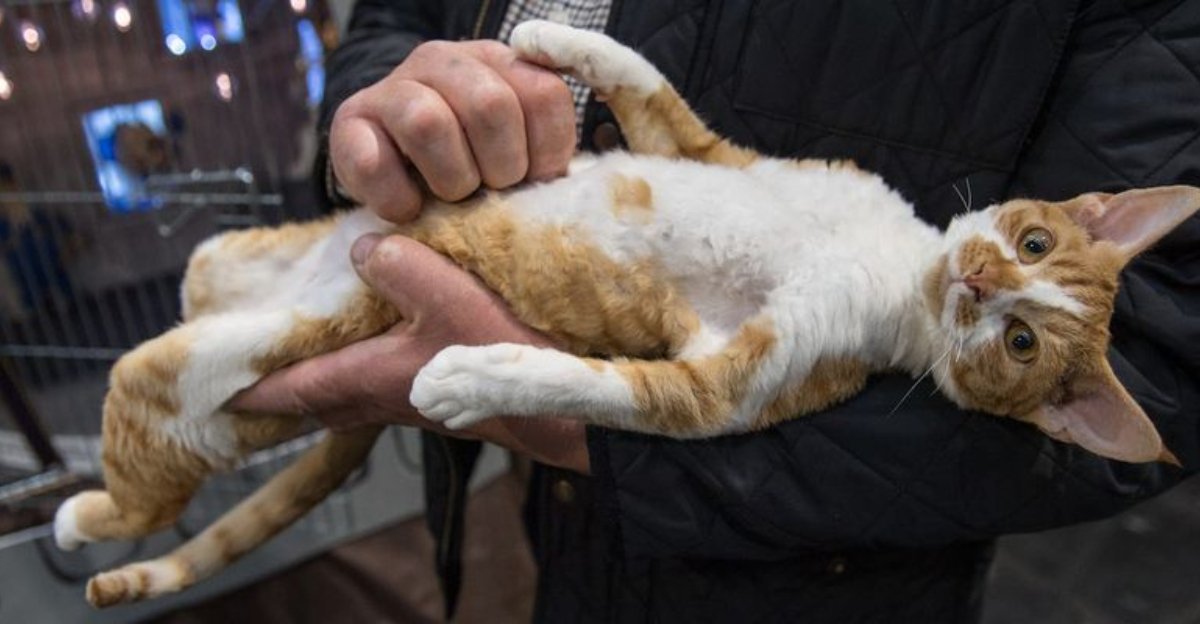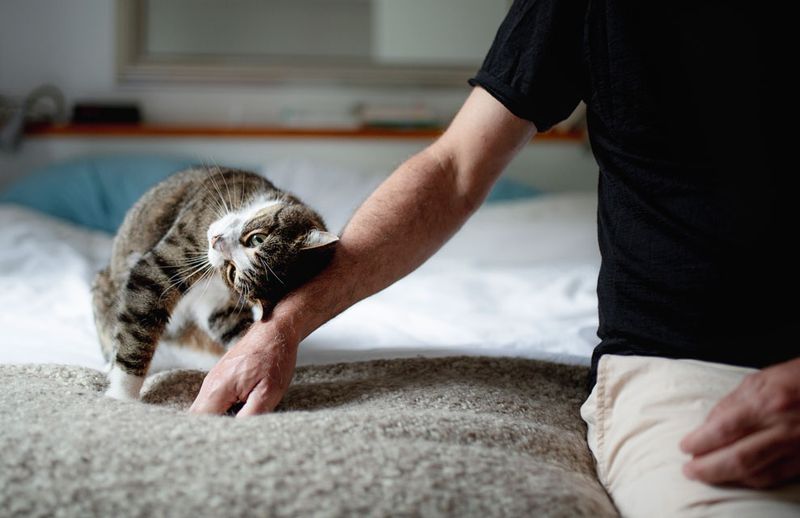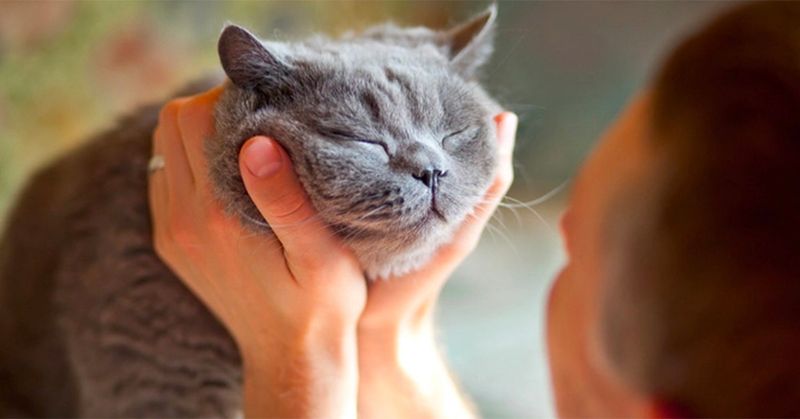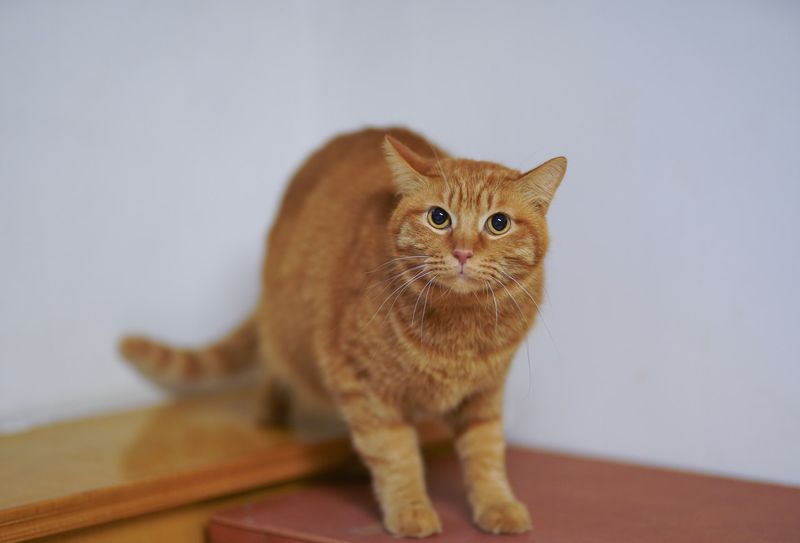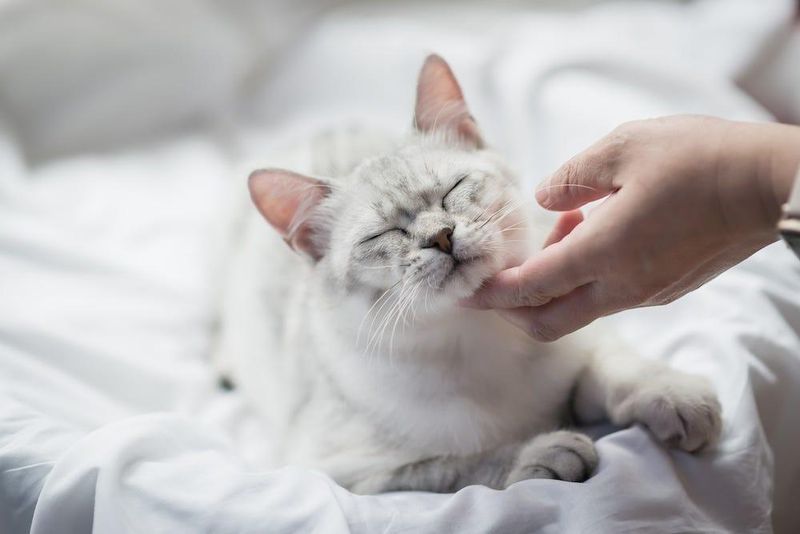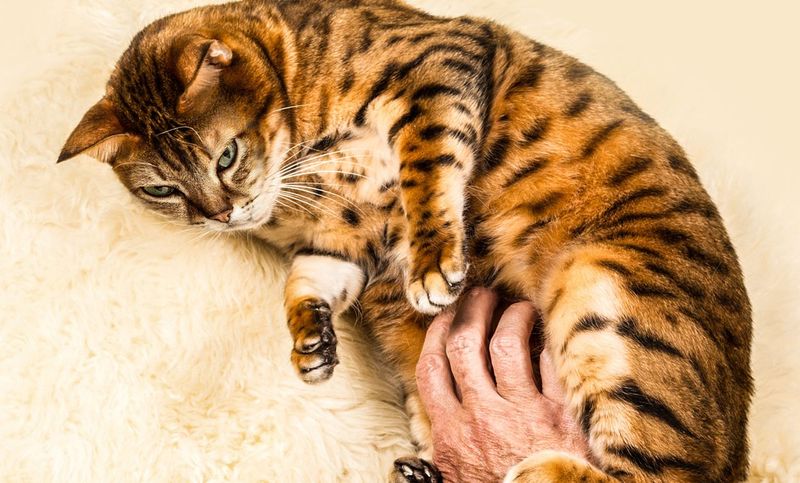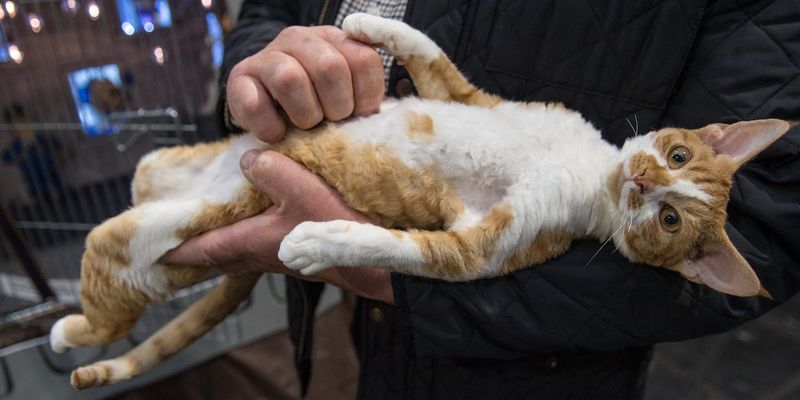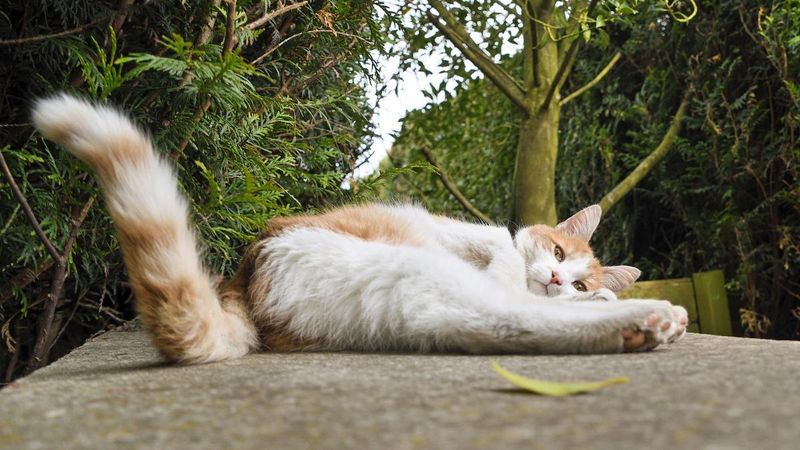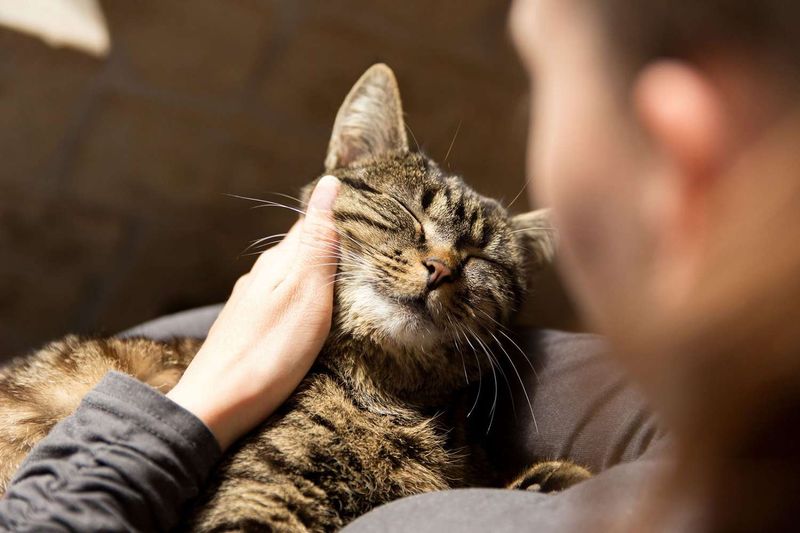📖 Table of Content:
If you’ve ever reached out to pet a cat and received an unexpected nip or a tail flick in return, you’re not alone. While cats can be affectionate and cuddly, they’re also famously particular about how—and when—they like to be touched. Petting a cat may seem simple, but there’s an art to it that every cat owner should learn.
Cats are complex creatures with finely tuned boundaries, and respecting those boundaries is the key to earning their trust. Unlike dogs, most cats don’t crave constant contact and may prefer specific types of interaction on their own terms. What feels like love to you could feel overwhelming to them if done incorrectly.
To help you build a better bond with your feline friend, we’ve put together a clear list of petting Do’s and Don’ts. These eight simple but important tips will help you navigate your cat’s preferences and avoid common mistakes. So, is there a wrong way to pet a cat? Absolutely—and these guidelines will show you the right way to do it.
1. Let the Cat Initiate Contact
Patience is your best friend when it comes to petting a cat. Unlike more social animals, cats prefer to choose when and how they interact. Standing back and letting them come to you sends a strong message of respect. When a cat rubs its head or body against you, it’s giving the green light for gentle affection. Approaching too quickly or reaching out can feel threatening and may cause them to retreat. By letting the cat be in control of the first move, you’re building a foundation of trust. This mutual respect sets the tone for all future bonding.
2. Stick to Favorite Spots
Not all petting is created equal in the eyes of a cat. Certain areas, like under the chin, behind the ears, or along the back, are typically well-received. These spots have scent glands that make the contact both soothing and familiar. Experiment slowly and note where your cat leans in versus where they pull away. Avoid hands wandering to off-limits areas until you’re confident in their preferences. Some cats will even guide your hand to their favorite spots with gentle nudges. Knowing the “yes zones” helps prevent negative reactions and deepens your connection.
3. Watch for Body Language Cues
Reading a cat’s body is like reading a mood ring with a tail. Flattened ears, dilated pupils, or twitchy skin all speak volumes without a sound. When your cat purrs, slowly blinks, or leans into your touch, they’re showing signs of enjoyment. Ignoring these cues, on the other hand, can quickly sour an affectionate moment. Staying observant lets you adjust in real time, whether that means continuing to pet or giving them space. These signs are your roadmap to successful interaction. Tuning into their signals shows your cat you’re listening—and they’ll appreciate that.
4. Keep Sessions Short and Sweet
More isn’t always better when it comes to feline affection. While it’s tempting to keep petting a purring cat forever, overstimulation can flip the mood fast. It’s not unusual for a cat to enjoy 30 seconds of petting and then suddenly walk away. Ending petting sessions on a high note leaves your cat wanting more next time. Pay attention to signs that they’re done: tail flicks, shifting body language, or moving away. Respecting their threshold reinforces trust and avoids negative associations. Like a good dessert, it’s better to stop just before they’re full.
5. Don’t Touch the Belly (Usually)
Tempting as it is, reaching for a cat’s exposed belly is often a trap. Many cats show their belly as a sign of trust, but not necessarily as an invitation to touch. That area is extremely vulnerable, and instinct tells them to protect it. What might seem like a cute, fluffy opportunity can quickly become a scratched regret. Unless your cat has shown over time that belly rubs are welcome, steer clear. Even long-time cats can change their tolerance day-to-day. Erring on the side of caution keeps everyone’s skin intact.
6. Don’t Force Interaction
Dragging a cat out from under the bed or holding them in place to pet is a recipe for resentment. Cats value their autonomy and forcing attention only erodes trust. What feels like affection to you can feel like control to them. Even well-meaning restraint sends the wrong message and may create long-term avoidance. Instead, offer quiet presence and let them approach when ready. Building a bond is about respect, not dominance. The best cuddles are always the ones they initiate.
7. Don’t Ignore the Tail
A cat’s tail is like a mood barometer with fur. If it’s flicking or lashing, especially in a rhythm, it’s often a sign of growing agitation. Continuing to pet during this phase may escalate the situation to hissing or scratching. Many people miss this subtle warning and are surprised by a sudden swat. Being mindful of tail signals helps you stop before things go south. Your cat is communicating—you just have to pay attention. Honor the tail, and you’ll avoid drama.
8. Don’t Pet Against the Fur
Running your hand backward along a cat’s fur might seem harmless, but it can actually be pretty annoying to them. Their fur naturally lies in a certain direction, and petting against it can feel rough and unfamiliar. Imagine someone ruffling your hair aggressively—fun for a second, irritating soon after. Always stroke in the direction the fur grows, from head to tail. Cats enjoy the smooth rhythm of consistent, gentle motion. Disrupting that flow can jolt them out of a relaxed state. Respecting their natural structure leads to happier interactions.
